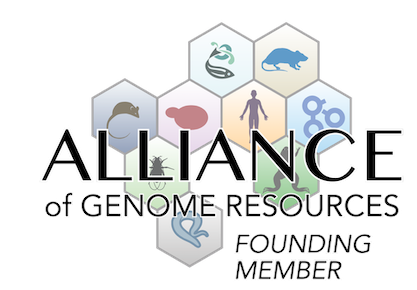cellular
|
• keratinocytes exhibit weak cell adhesion with only half-desmosomes forming on the bottom and roof of the blisters
|
growth/size/body
|
• mice exhibit empty cysts in the epidermis following loss of telogen club hairs
|
mortality/aging
|
• while some mice die shortly after birth, mice that do not exhibit obvious skin lesions develop to adulthood
|
|
• mice that develop macroscopic skin blistering usually die within hours of birth
• however, mice that do not exhibit obvious skin lesions develop to adulthood
|
integument
| N |
• despite severe blistering, keratinocyte differentiation is normal
|
|
• keratinocytes exhibit weak cell adhesion with only half-desmosomes forming on the bottom and roof of the blisters
|
|
• mice exhibit empty cysts in the epidermis following loss of telogen club hairs
|
sparse hair
(
J:140129
)
|
• at weaning mice loss the hair on their backs and progressively lose the hair on their heads and tails
• mice specifically lose telogen hairs
• however, hair does grow back
|
acantholysis
(
J:140129
)
|
• mice exhibit blistering with acantholysis just above the basal cell layer with later stages exhibiting lateral separation of the basal keratinocytes
|
|
• in severe cases adult mice exhibit complete loss of the epidermis in large sections
|
|
• adult mice exhibit severe epidermal hyperplasia
|
blistering
(
J:140129
)
|
• 10% of mice develop blisters within hours of birth
• even careful handling of mice induces blisters on the skin
• however, no blisters are observed on internal stratified epithelia
|
skin lesions
(
J:140129
)
|
• all adult mice develop severe skin lesions
|



 Analysis Tools
Analysis Tools